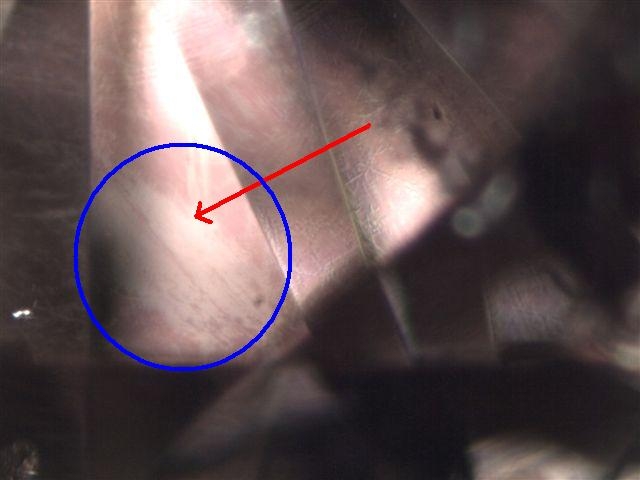A coated diamond refers to a diamond that has undergone a treatment where a thin layer of material is applied to the surface of the diamond to alter its colour, appearance, or shine. Coating can be used for aesthetic purposes or to improve certain aspects of the diamond, such as its resistance to scratches or its overall visual effect.
Common Types of Coatings Used on Diamonds
Colour Coating (Tinting)
Purpose: To alter the diamond’s colour, making it appear more vibrant or to give it a specific hue, such as blue, yellow, or pink.
How It’s Done: The diamond is coated with a thin layer of coloured material, often a chemical coating that reacts with the surface of the diamond.
Appearance: This can create a dramatic shift in the diamond’s overall look. However, the coating may wear off over time, especially if the diamond is exposed to wear or cleaning.
Temporary: Coated diamonds may lose their colour enhancement over time as the coating wears down.
Protective Coating
Purpose: To add a layer of protection to the diamond’s surface, preventing scratches, blemishes, and other damage.
How It’s Done: A thin, transparent layer is applied to the surface of the diamond. This can provide a protective shield that makes the diamond more resistant to daily wear and tear.
Durability: While protective coatings can help preserve the appearance of a diamond, they can wear off over time and may need to be reapplied.
Anti-Reflective Coating
Purpose: To reduce the reflection of light from the diamond’s surface and enhance its brilliance.
How It’s Done: A thin layer of material is applied to the surface of the diamond to prevent light from reflecting off the surface, which can enhance the visual appeal by making the diamond appear more sparkly and brilliant.
Effect: This is especially useful for diamonds with low-quality cuts or those that don’t display their full brilliance.
Black Coating
Purpose: To create a black diamond effect or to enhance the contrast between the diamond and its setting.
How It’s Done: A black coating is applied to the surface, giving the diamond a deep, opaque black appearance.
Appearance: This effect is mainly used in fashion jewellery or when creating novelty diamonds, not for traditional diamond engagement rings.
Permanence: The coating can wear off, especially in diamonds exposed to frequent handling or cleaning.
Considerations When Purchasing a Coated Diamond
Durability of the Coating
Many diamond coatings, especially those for colour enhancement, can wear off over time due to exposure to heat, chemicals, or physical wear. This makes coated diamonds less permanent in appearance than untreated diamonds.
Protective coatings can help preserve the diamond’s surface, but like other coatings, they will deteriorate over time and may require re-coating.
Value and Transparency
Coating treatments can decrease the value of a diamond, especially if the coating is used to alter the colour of a lower-quality diamond. Coating treatments are typically disclosed in diamond grading reports, so it’s important to verify the treatment when purchasing a coated diamond.
Coatings are usually not permanent, and their effect on the diamond’s long-term value can be unpredictable.
Ethical Considerations
Some consumers prefer natural, unaltered diamonds for their authenticity and value, while others may be drawn to coated diamonds for their unique appearance at a lower price point.
Be sure to inquire about the coating’s material, longevity, and whether it affects the diamond’s natural characteristics.
Impact on Resale
Diamonds that have been coated for cosmetic reasons, especially for colour, may have a lower resale value compared to untreated diamonds because of the potential wear of the coating over time.
If you’re purchasing a coated diamond as an investment, it’s important to consider that coatings might diminish the stone’s future market value.

